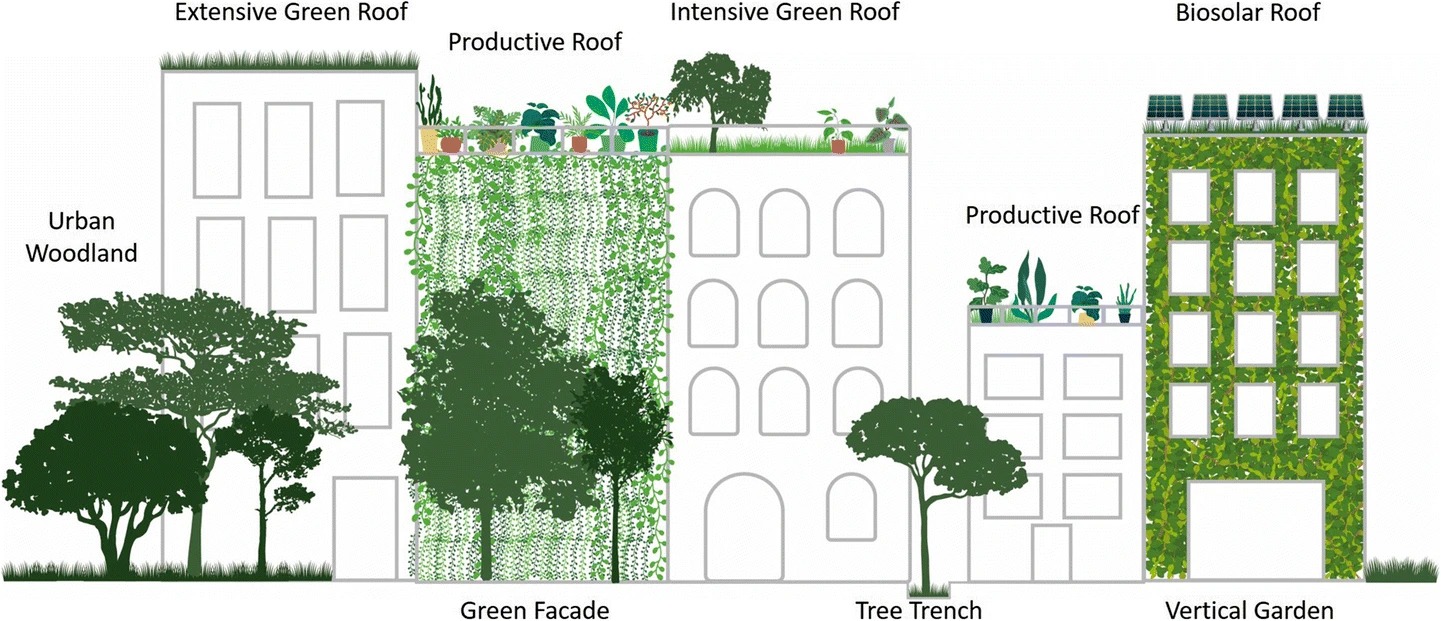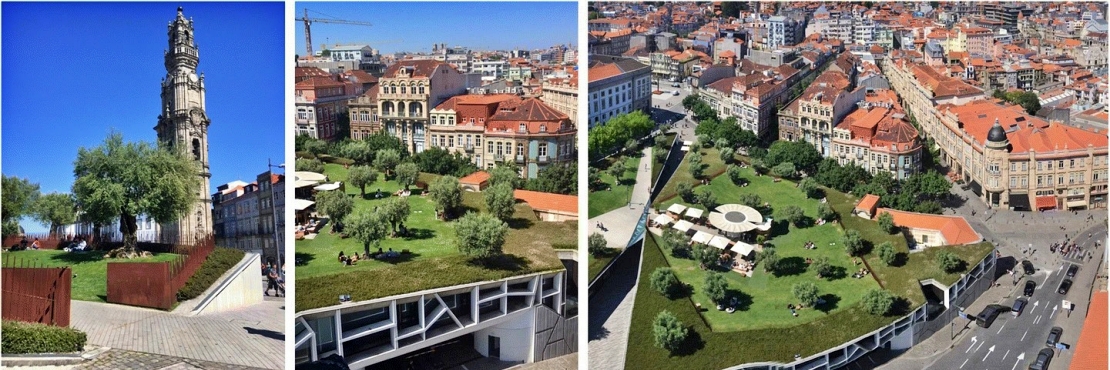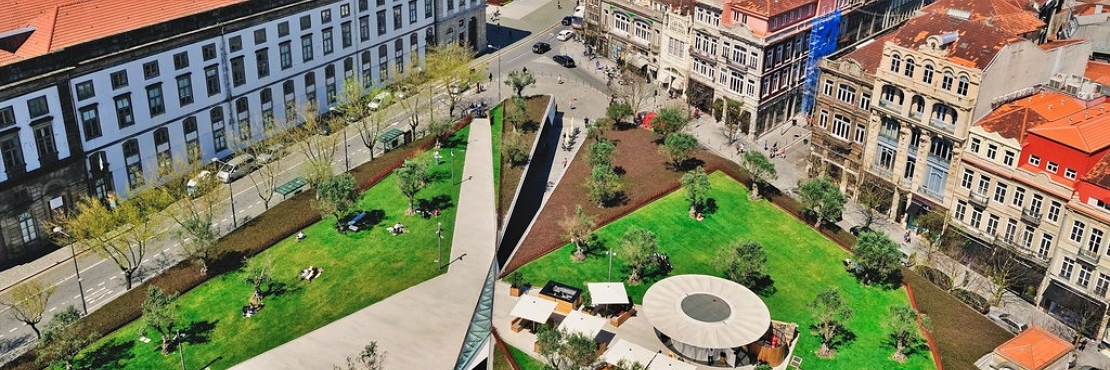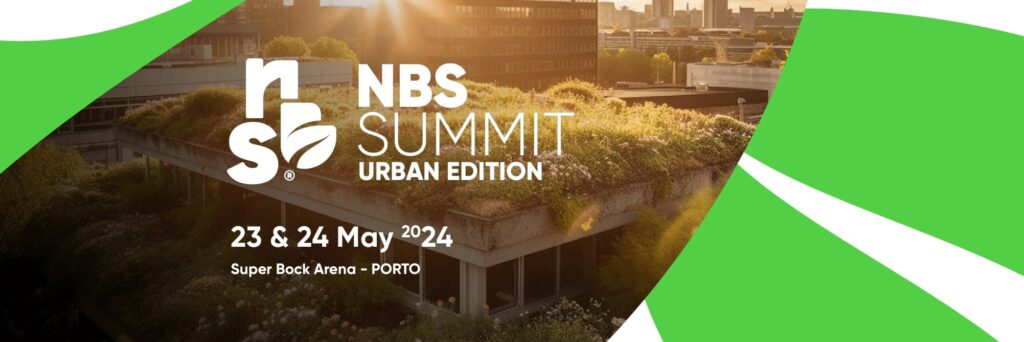Cristina S. C. Calheiros & Alexandros I. Stefanakis of Circular Economy and Sustainability (2021) writes:
This paper intends to give an overview of the importance of green roof integration in the urban environment considering the dimensions of the building and the city, having underlined their contribution to circularity and cities’ resilience.
Green roofs are gaining interest as nature-based solutions (NBS) to counteract with several environmental and socio-economic problems associated to urban sprawl and climate change. The challenge is to transform the built environment through the inclusion of NBS. Taking advantage of the existing space in the top of the buildings, the integration of green roofs will support the cities’ transition towards circularity and resilience.
They provide several ecosystem services and can act as multifunctional and decentralized units. In order to boost these services, green roofs need to be effectively incorporated and replicated in the urban landscape. Different configuration of systems may be considered depending on the challenges that the city foresees.
To fully implement green roofs, it is important that:
- barriers are identified and overcome,
- standardization is set to grant liability,
- policies, incentives, and strategies are properly established,
- organizations delivering NBS services are leveraged, and
- awareness and dissemination promotion, as investment in education, are considered.
The way in which the occupation of the urban territory was developed and the cities were evolved, led to a disruption in natural flows and a series of problems associated to urban sprawl. Green infrastructures operate at different scales and rely on nature to generate environmental (e.g., conservation of biodiversity or adaptation to climate change), economic (e.g., job creation and property valuation), and social (e.g., water drainage) benefits. In addition, they play an important role in mitigating the effects of urbanization, aiming to strengthen urban ecosystems in order to be more resilient to the challenges of climate change, contributing to the transition to a low-carbon economy and circularity of urban metabolism.
The change of territories involves the conversion of monofunctional areas to multifunctional areas, using nature-based solutions with the support, if necessary, of pre-existing grey infrastructures. The inclusion of green roofs in cities is an important NBS, which provides several ecosystem services that play a pivotal role in the Water-Energy-Materials-Food-Ecosystem nexus. With this approach, buildings shift from a static to a dynamic and interactive status with their surroundings and with the citizens.

This paper delivers an overview on how green roofs could be part of the urban metabolism and spark a transformation towards circular and resilient cities (aligned with the UN and EU trends); having in consideration as mainstream strategy to rethink the positioning of stakeholders, decision-makers, enterprises, educational units, research centers, and involvement of the society to effectively take action. The needs to understand the social, economic, and environmental vulnerabilities to delineate strategic actions for resilience adapted to local necessities were also highlighted.

Read more: Green Roofs Towards Circular and Resilient Cities
 Greenroofs.comConnecting the Planet + Living Architecture
Greenroofs.comConnecting the Planet + Living Architecture









